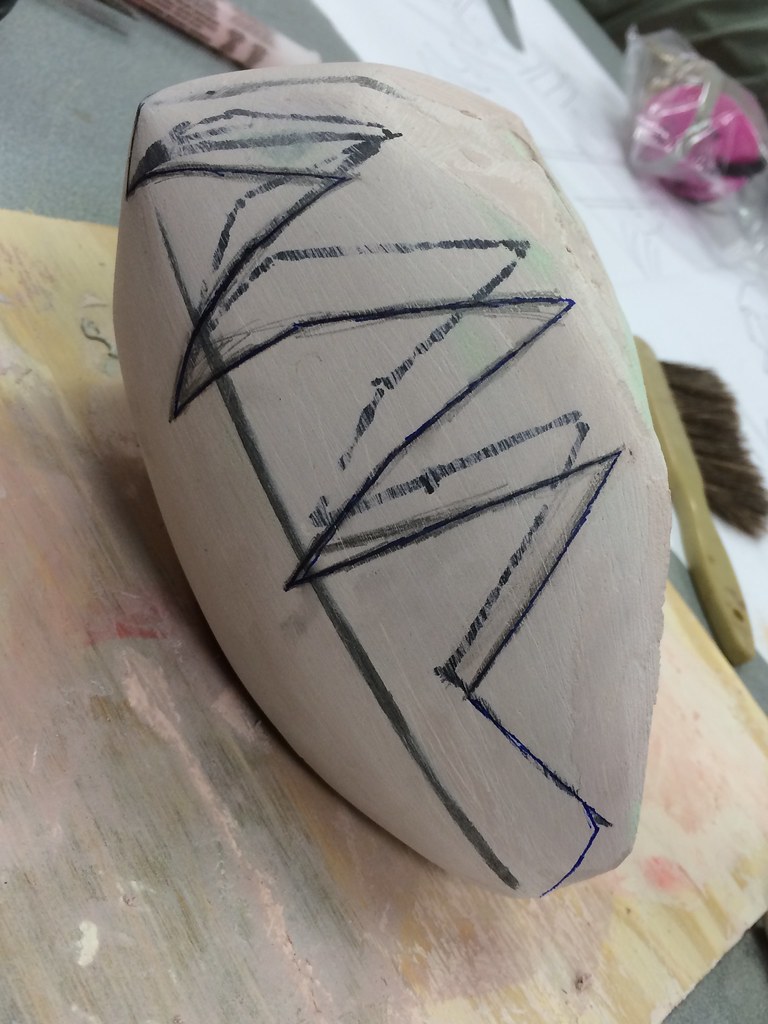
Woodworking is not just a profession; it’s an art. From crafting intricate details to shaping bold designs, every cut matters. But your creativity is only as good as the tools you wield. At the heart of these tools is the often-underestimated Dremel bit. Indeed, choosing the best Dremel bit for cutting wood can make or break your project. But fret not, for we are here to demystify the world of Dremel bits and guide you on a path to artistic mastery.
Types of Dremel Bits Suitable for Wood
Understanding the types of bits available is crucial to find the perfect one for your needs. Let’s delve into the main types that are suitable for cutting wood:
- High-Speed Cutters: Known for their precision and durability, these bits are great for cutting, shaping, and engraving wood. Made from high-grade steel, they offer a wide range of shapes for various applications.
- Carbide Cutters: When strength meets versatility, you get carbide cutters. Suitable for both soft and hard woods, these bits are available in many shapes and sizes for different cutting requirements.
- Sanding Bands and Drums: Need to achieve a smooth finish after the cut? Sanding bands and drums are your go-to options. These bits are not for cutting but are essential for refining your work after the main cut.
- Diamond Wheel Points: While typically used for glass and ceramics, some artisans experiment with diamond wheel points on wood for detailed etching. However, this is not recommended for general wood cutting.
Factors to Consider When Choosing a Dremel Bit
Your woodworking projects are unique, and so are the factors that will guide you in choosing the best Dremel bit for cutting wood. Here’s what to consider:
- Type of Wood: The hardness or softness of the wood affects your bit choice. Hardwood requires stronger, more durable bits, while softwood can be worked with general-purpose bits.
- Desired Cut: Whether you want a fine, detailed cut or a rough shaping, different bits cater to different needs. Choose according to the specific cut you aim to achieve.
- Equipment Compatibility: Not all bits fit all Dremel tools. Ensure the bit you choose is compatible with your specific tool model.
- Safety Concerns: Always prioritize safety. Pick bits that are designed for wood, and follow the manufacturer’s instructions to prevent accidents.
Choosing the right bit might seem like a daunting task, but understanding these factors makes it a breeze. Let your creativity soar, and may your Dremel bits always be sharp and ready!
Top Picks: Recommendations and Reviews
With so many options on the market, choosing the best Dremel bit for cutting wood might feel overwhelming. But fear not, fellow craftspeople, for we have gathered some top picks, each with their unique strengths and applications:
[amazon bestseller=”dremel cutting wheel” items=”5″]
These recommendations are tried and true, but remember, the best bit for your project will depend on your specific needs. Experiment and find what works best for you!
A Step-by-Step Guide to Using the Chosen Bit
Now that you’ve selected the ideal bit, let’s embark on the cutting journey. Here’s a step-by-step guide to ensure that your experience is as smooth as your final cut:
- Preparing the Wood: Secure the piece you’re cutting and mark your cut lines with precision. Use clamps if necessary, ensuring the wood won’t move during the cutting process.
- Setting Up the Dremel: Attach the chosen bit firmly and select the appropriate speed setting. Remember, higher speeds are usually suitable for cutting, while lower speeds are best for polishing and finishing.
- Tips and Techniques for Cutting: Hold the Dremel like a pencil for maximum control. Begin cutting along the marked line, keeping a steady pace. Allow the tool to do the work – don’t force it through the material.
- Safety Reminders: Always wear eye protection and follow the manufacturer’s guidelines. Let the bit cool down between cuts, and don’t forget to enjoy the process!
The artistry of woodworking is an ever-evolving journey, and choosing the right tools is the first step toward mastering it. Be patient, be safe, and let your creativity shine!
Conclusion
The road to choosing the best Dremel bit for cutting wood is paved with curiosity, craftsmanship, and creativity. Your choice in bits is more than just a practical decision; it’s an artistic one. It reflects your understanding of the material, your mastery over the tool, and your vision for the finished piece.
We’ve explored the various types of bits suitable for wood, the factors that guide your choice, and even provided some top recommendations. But the true adventure begins when you pick up that Dremel and start cutting. Experiment with different bits, learn from your experiences, and don’t be afraid to make mistakes. That’s how true mastery is achieved.
So, fellow woodworkers, may your cuts be precise, your bits sharp, and your creativity boundless. Keep cutting, keep crafting, and remember, choosing the best Dremel bit for cutting wood is not just a choice, it’s a statement of your art. Happy woodworking!
